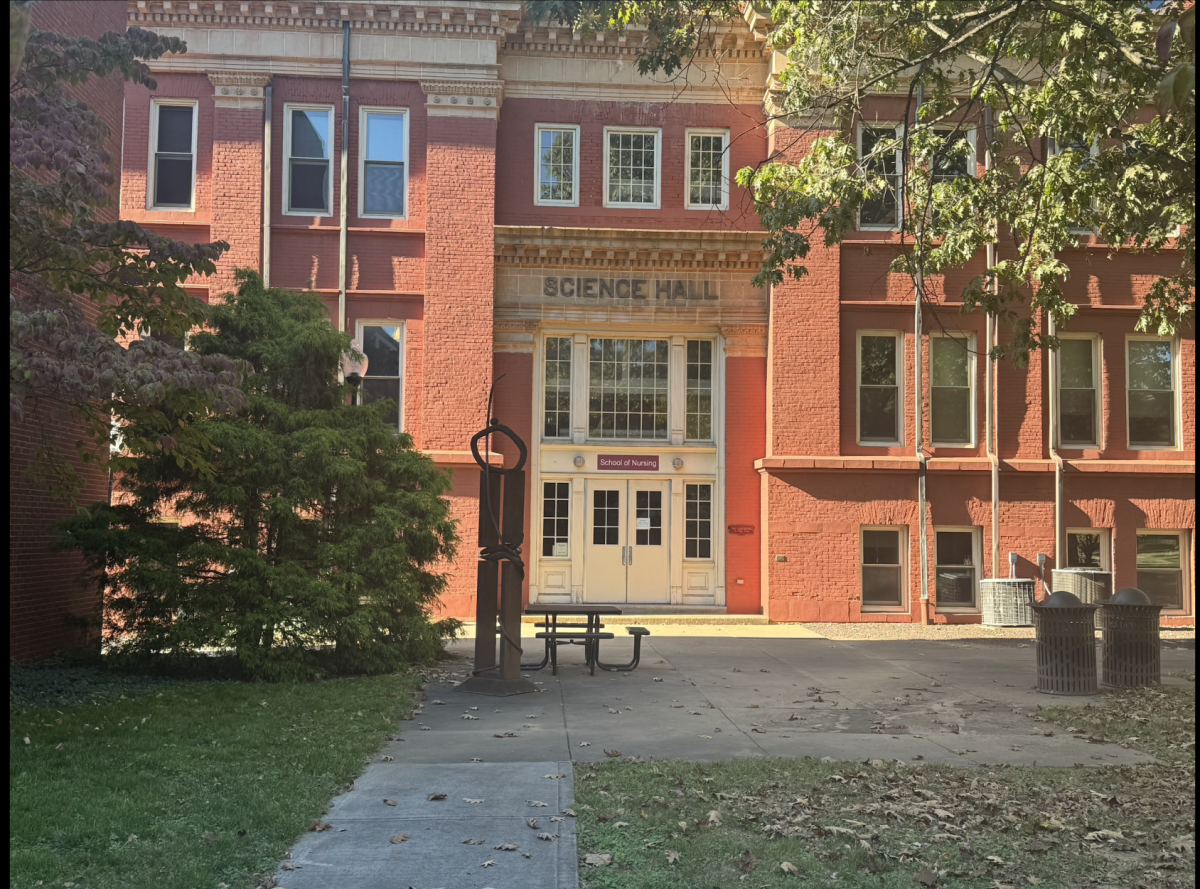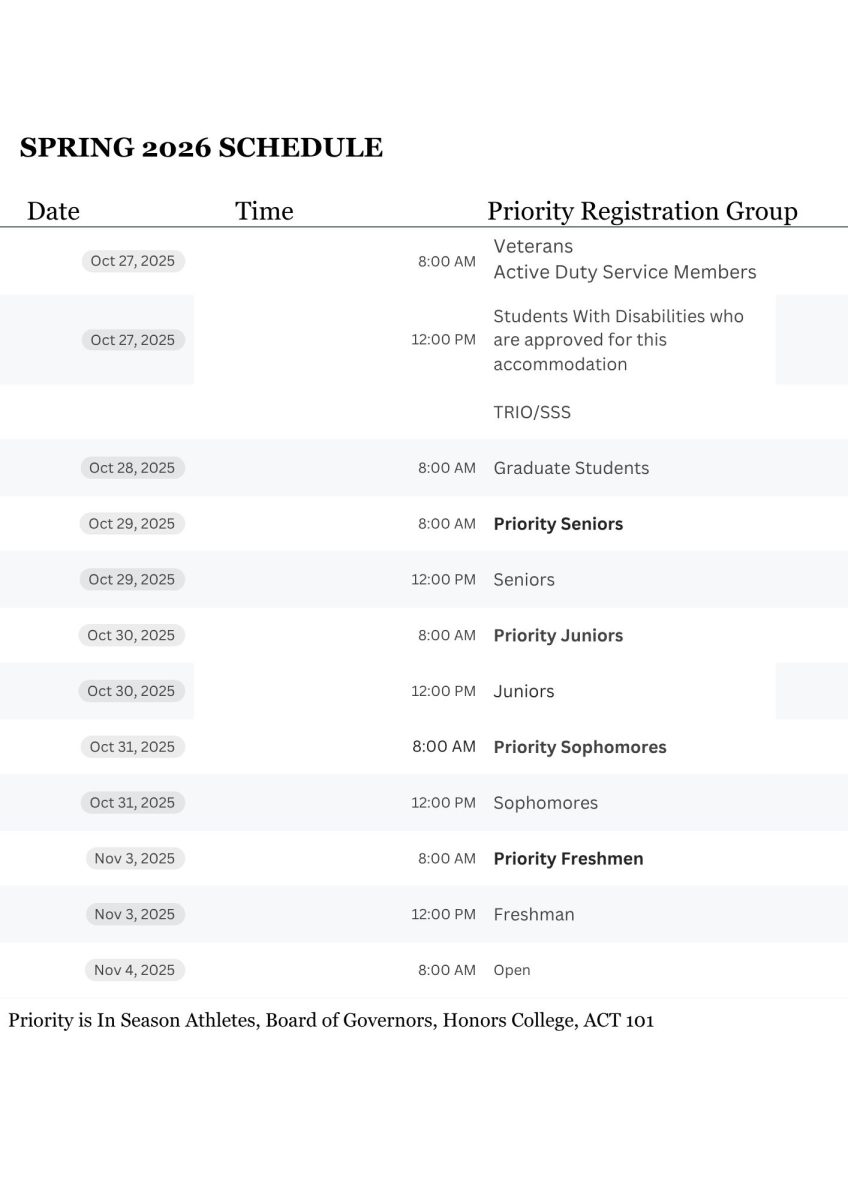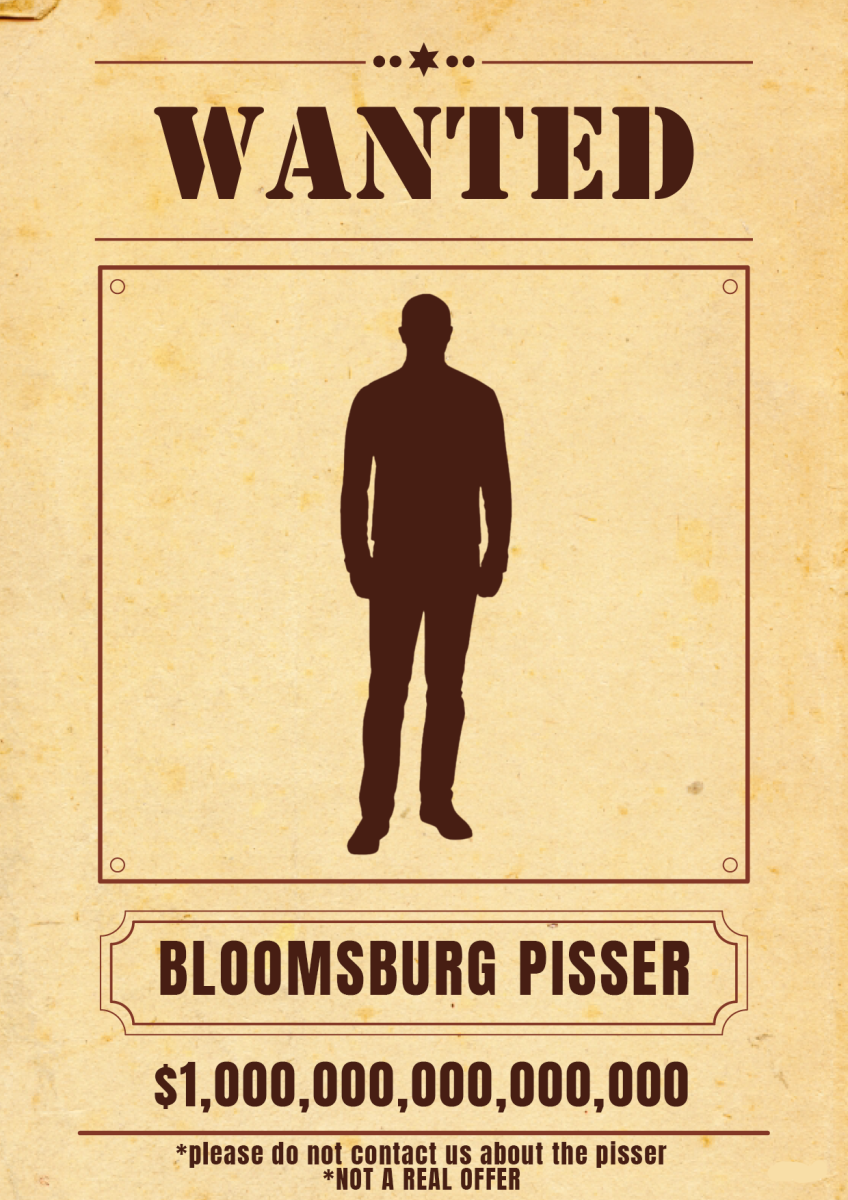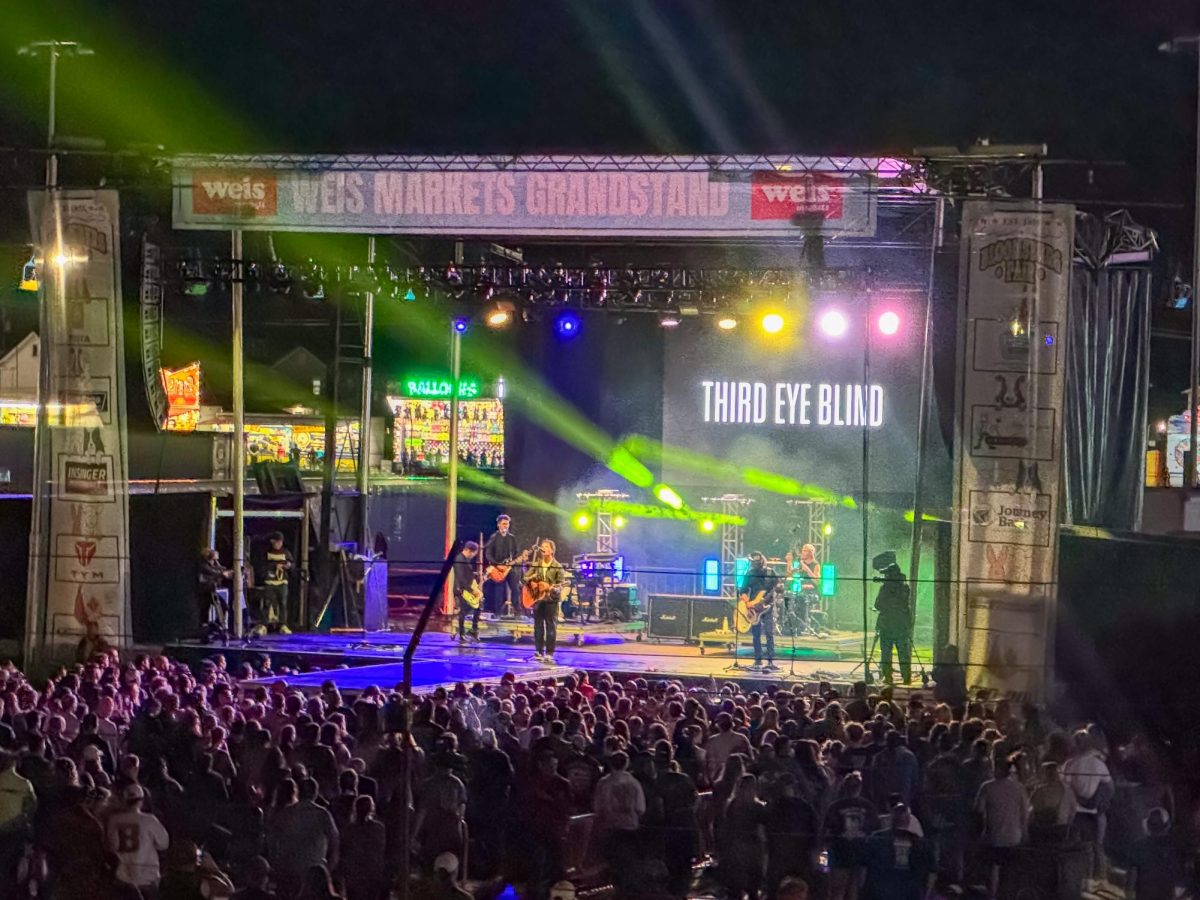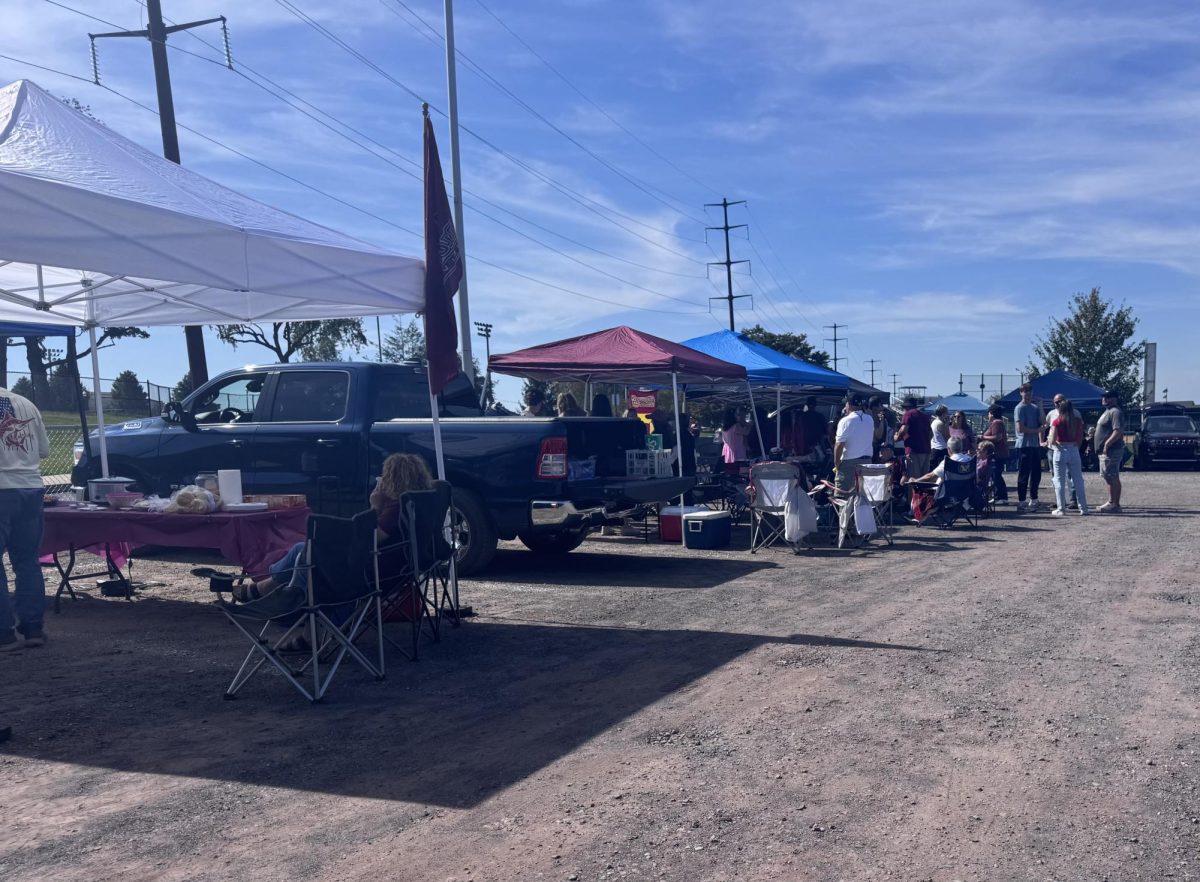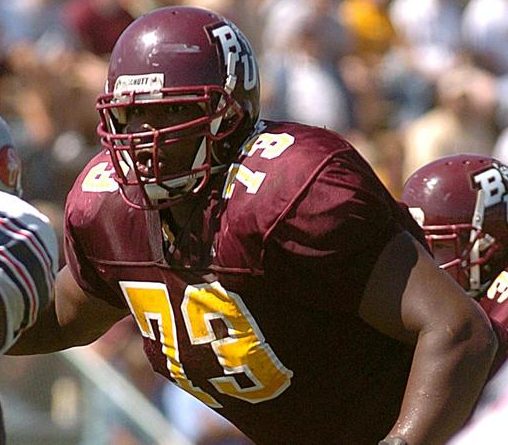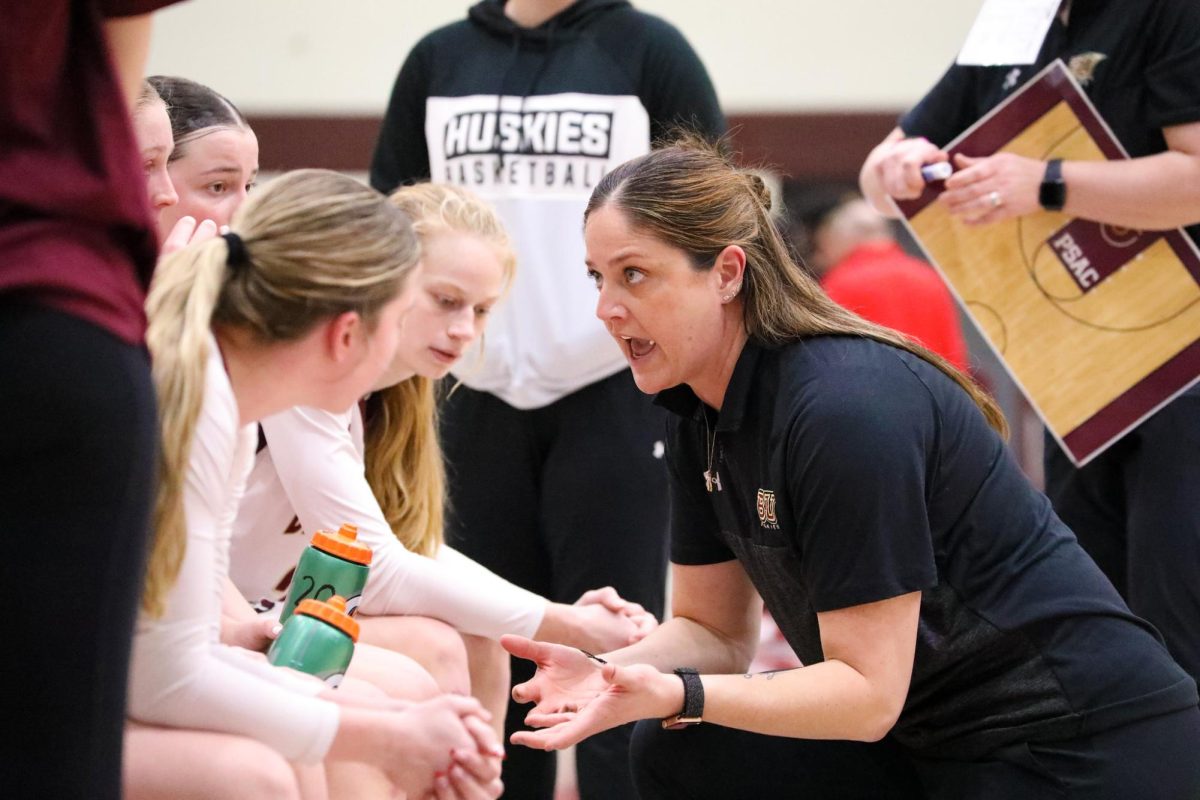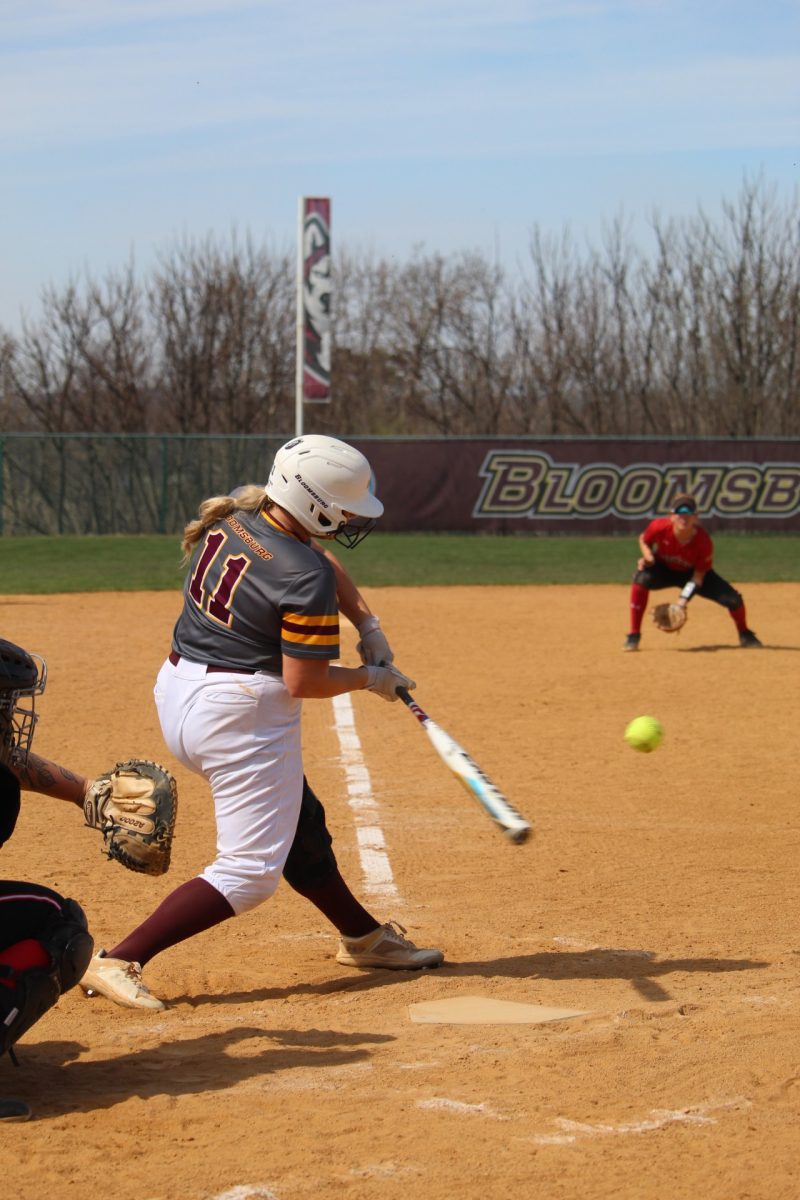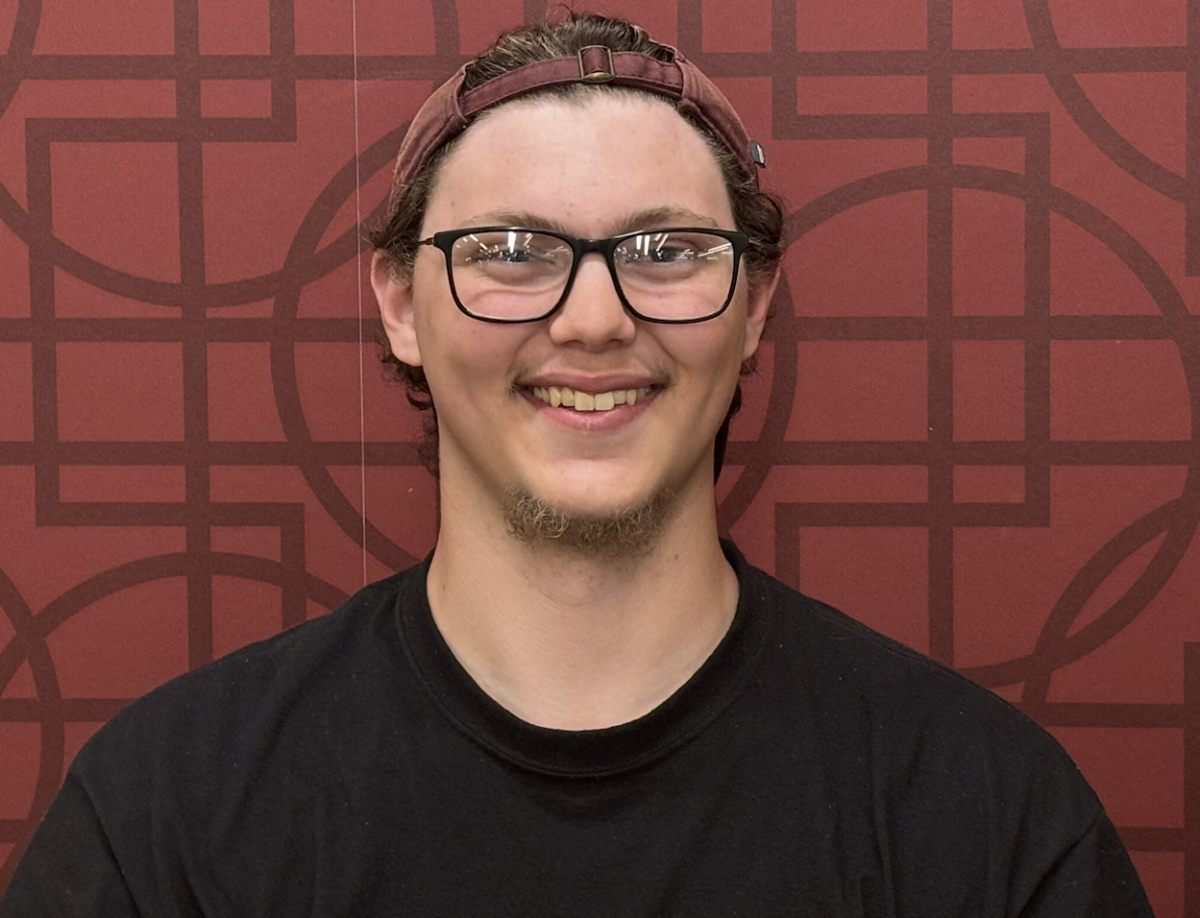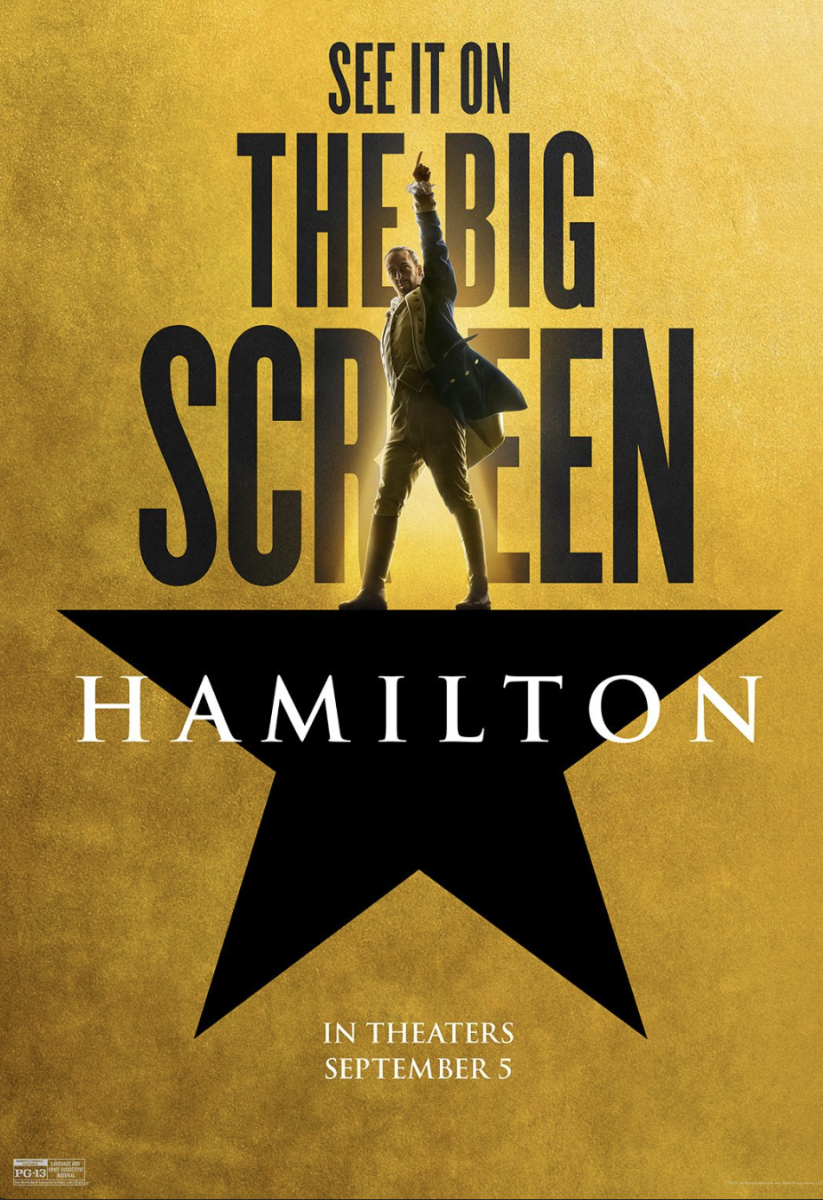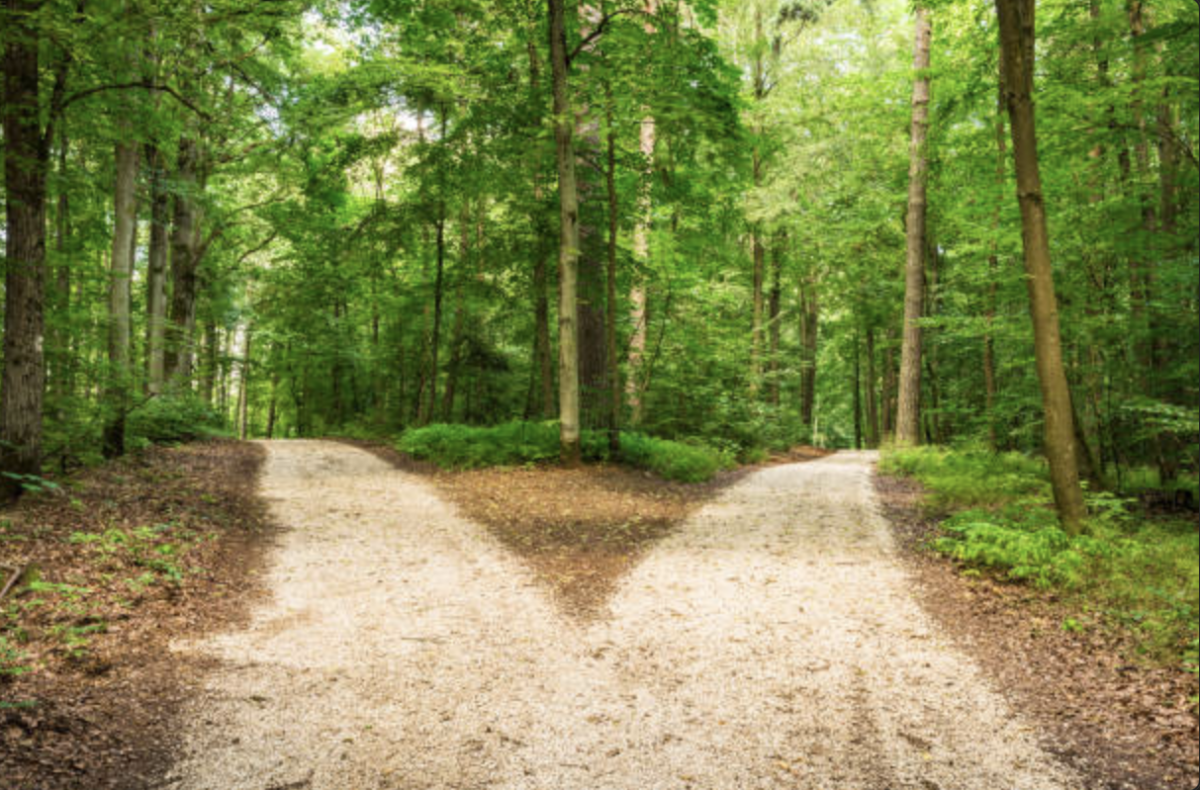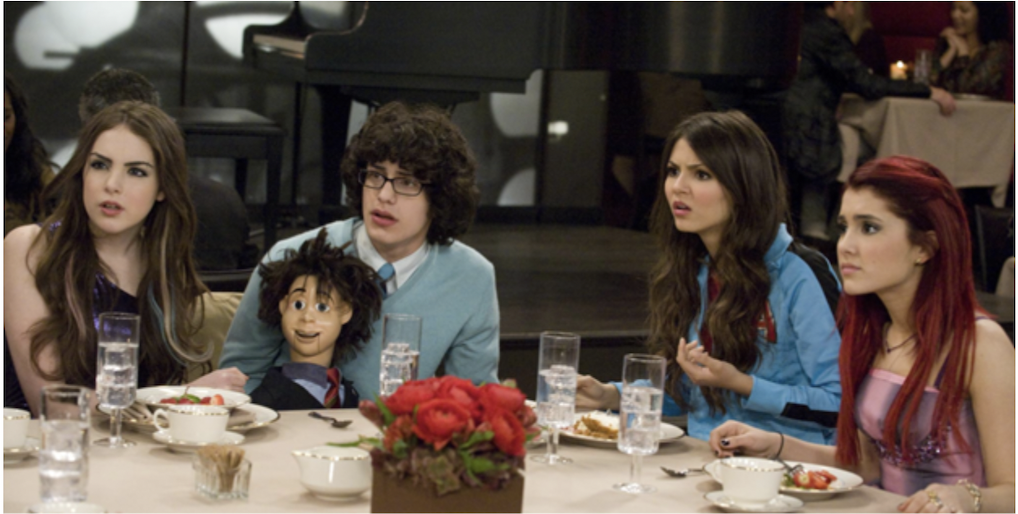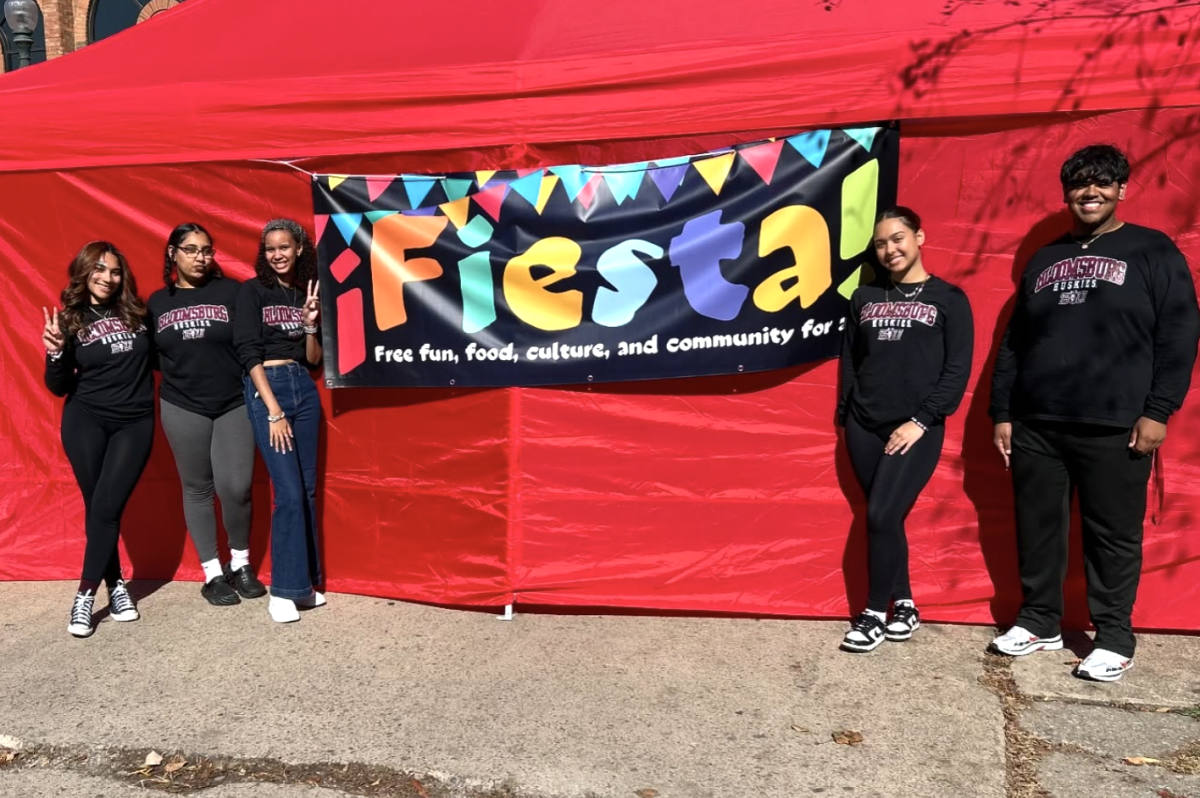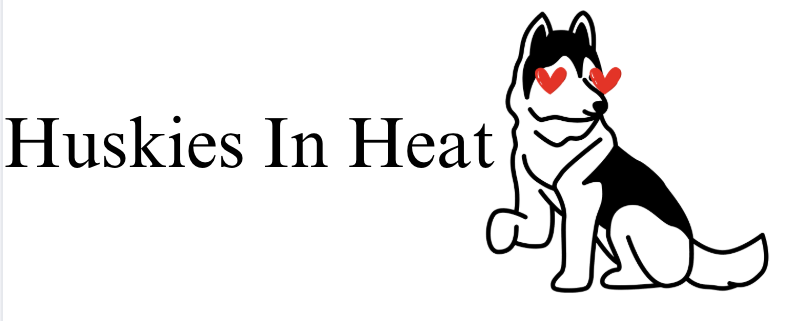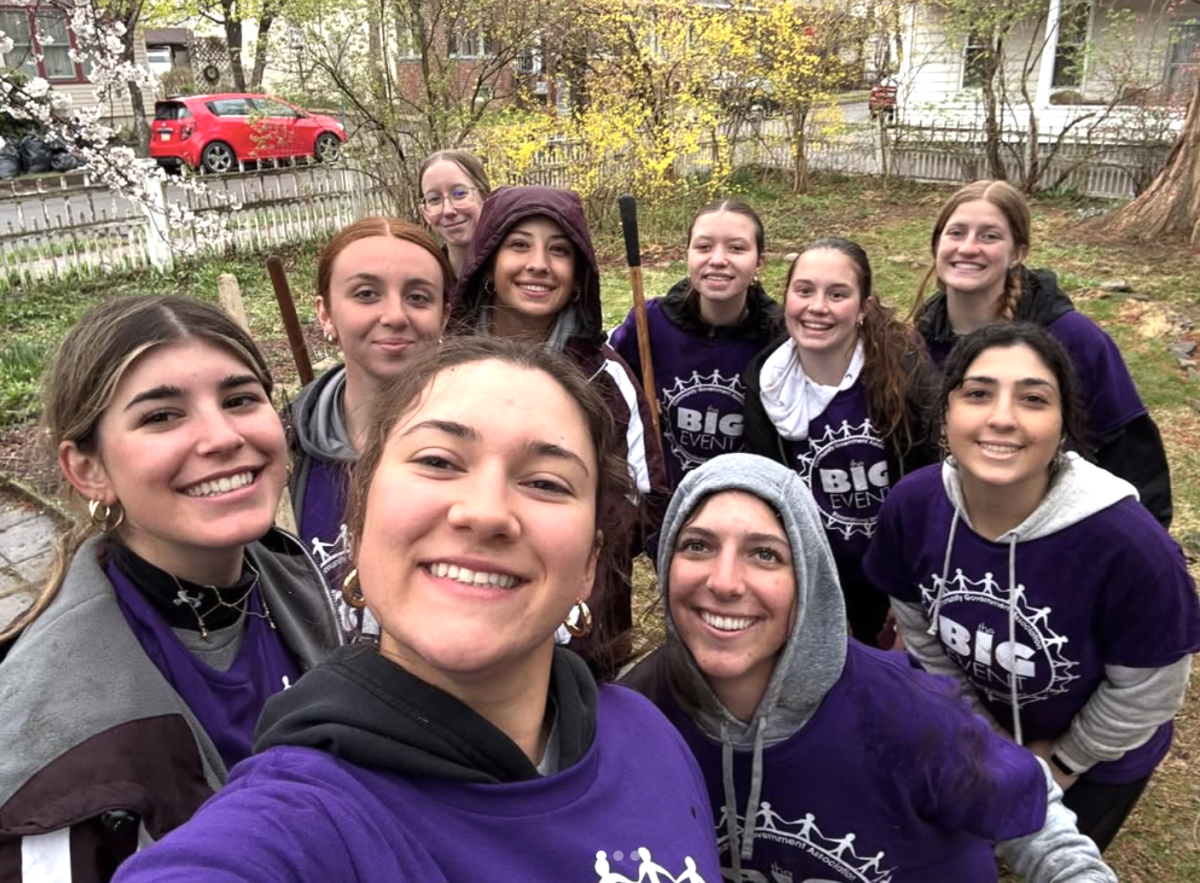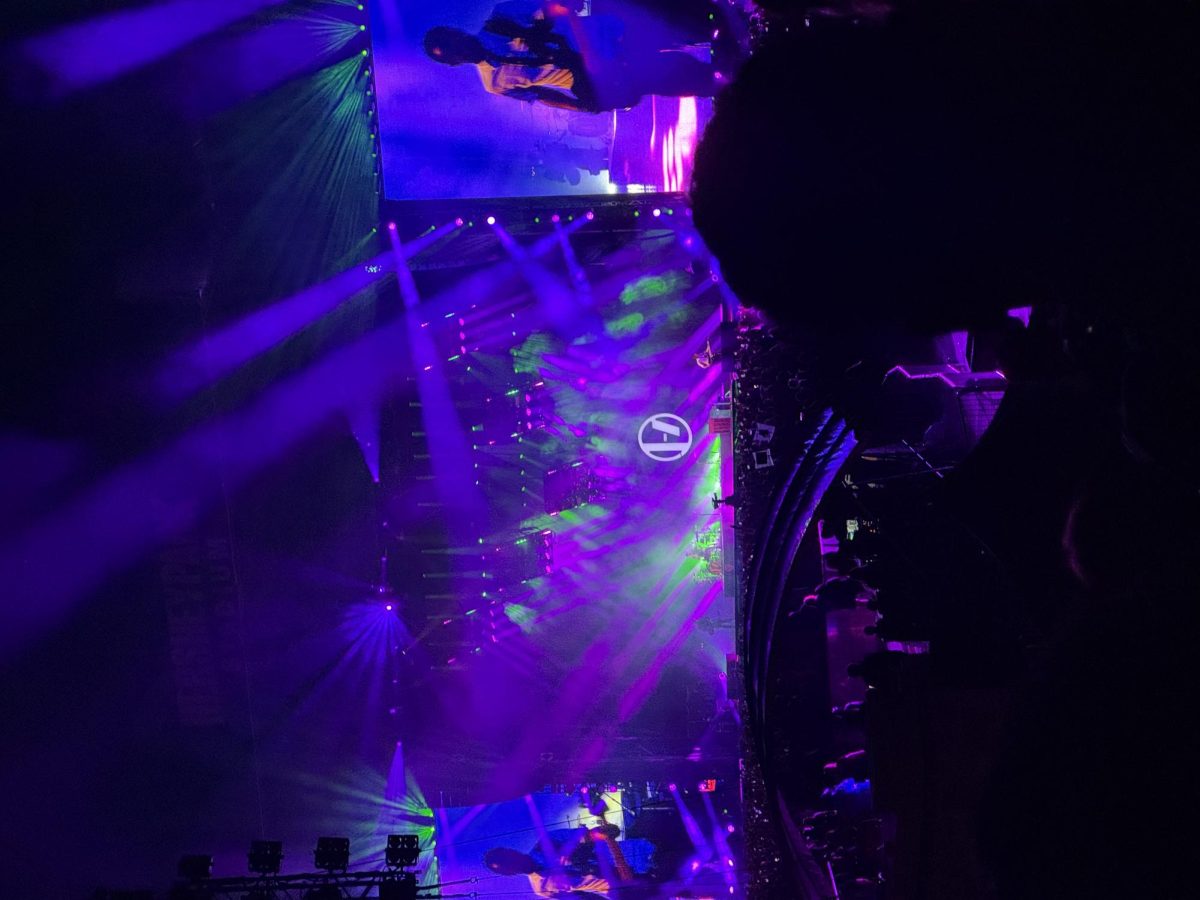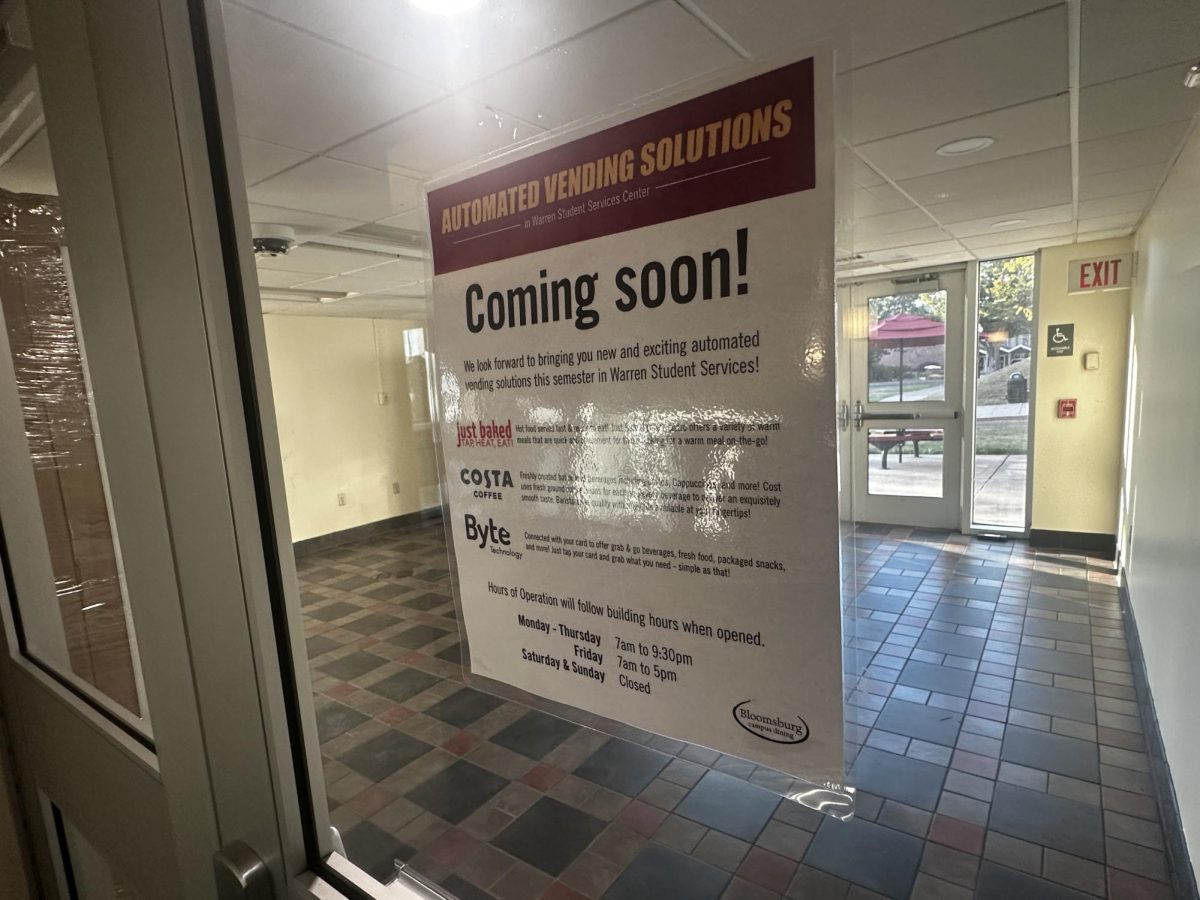Recently YouTube admitted to having problems with its family-friendly restricted mode incorrectly labeling videos to filter out. The filter was choosing videos including lesbian, gay, bisexual and transgender issues and labeling them as adult content.
Many of the filtered videos included topics such as a man coming out to his grandmother, a lesbian couple exchanging vows and a music video featuring a woman proposing to her girlfriend. While YouTube has since admitted to the problem and has announced that they are working on a fix, many question the intent of YouTube and if the initial restriction of this content was purposeful.
The questioning of the restrictions comes from some content creators, like musicians Tegan and Sarah who had a video restricted that only featured them dancing. “It is a simple and goofy video where we drive around in a plywood car and dance in front of a green screen,” said the openly gay musicians on their Instagram. “I can only assume that the content has been flagged by users who are homophobic and don’t want unassuming straight people to be turned gay by seeing us dance.”
We at The Voice feel that this is a problem that isn’t just belonging to YouTube and its community. The creators that are upset about this discovery were only losing the views of 1.5 percent of the website’s users. However, these are views from people who may need these videos the most.
The problem of labeling LGBT content for adults, is that videos that include content like a YouTuber telling their own personal coming out story, is just what many younger viewers may need to know that they aren’t alone. This restricted content was not sexual, explicit or violent. These are everyday people talking about what they did in their lives to feel better about who they are and sharing those feelings and stories with people who may not yet have all of those answers.
Even though the YouTube example was most likely an accident, this isn’t the first time that LGBT relationships were seen as something adult and worth censorship. We at The Voice feel that gay marriage is legal across the country and because of that, the idea that a hetero couple can be seen kissing in media and a LGBT couple cannot is something that will only advance negative feelings towards the community.
Many of the YouTubers that were upset about the change were not upset because of the 1.5 percent of viewers they were losing but of the overall meaning of that loss. What does it say to its audience when a service doesn’t just block the kissing of only one type of couple, but blocks the entire catalogue of videos of someone because of their sexuality?


